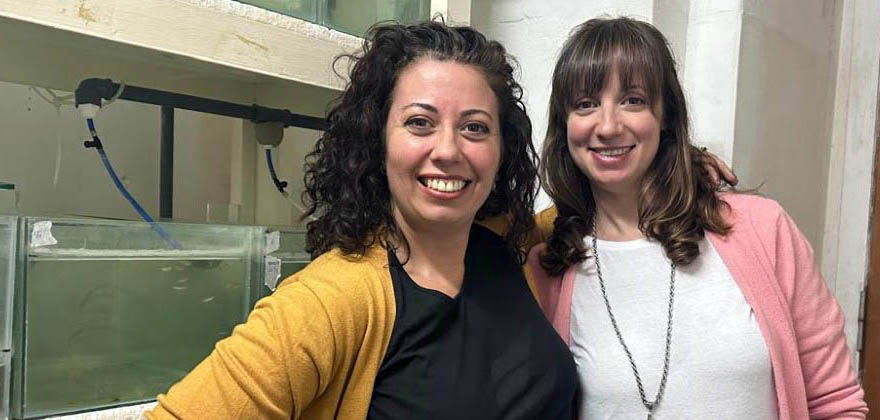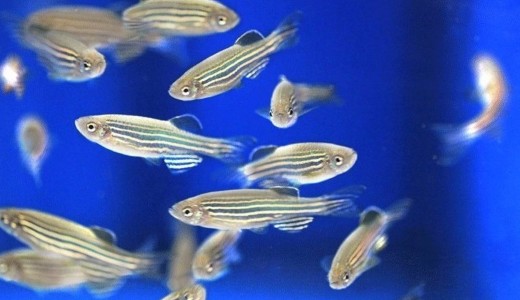The project includes multiple tests that will be conducted at the National University of Quilmes aquarium.

In the last fifteen years, nanotechnology has made great strides in health, resulting in the development of numerous pharmaceuticals. Within this framework, toxicological studies using zebrafish have, over time, become consolidated as a globally accepted model. At the National University of Quilmes, Zebratox is a testing platform used when testing new medications. Expanding its access to the rest of the scientific community could be good news if the goal is to limit the use of other animals such as rats and monkeys.
The zebrafish, or Danio rerio, is a warm-water fish native to Southeast Asia. According to Carolina Martinez, a researcher at the UNQ who leads the platform with Jimena Prieto, the zebrafish “shares physiological and immunological characteristics with humans, with an 80 percent genetic homology.” The aquarium where Zebratox operates was established in 2011, and the UNQ News Agency consulted the researchers in charge to detail their contributions.

Along the same lines, the researcher explains that studying the toxic effects of drugs in zebrafish provides more information than studies conducted in cell cultures. “If you work with larvae and embryos, which is what we do, it’s internationally accepted as a model with a lower perception of pain . Because of this, it has advantages over the use of laboratory animals,” she maintains. From Martinez ‘s perspective, zebrafish are a model used to study various things. That is, they are not only useful for examining toxicological aspects but also for addressing human diseases such as Alzheimer’s, Parkinson’s, and epilepsy .
The international framework is known as the 3Rs:
- Replace (apply methods that avoid or substitute the use of animals),
- Reduce (use fewer animals in trials) and
- Refine (improve animal welfare).
How it all began
According to Jimena Prieto, speaking to UNQ News Agency , during the first decade of the 2000s, there was a boom in nanotechnological developments by the pharmaceutical industry. While the study of the intrinsic toxicology of these compounds began strongly, the truth is that it always lagged behind the hegemonic models. “At that time, evaluations were conducted on rats and mice. However, globally, alternatives were being sought to reduce the use of mammals,” Prieto recalls.
In 2010, thanks to funding from Conicet and the UNQ, the scientist traveled to Spain to train in the use of the zebrafish model. Upon her return, she set up an aquarium at the UNQ thanks to a scientific cooperation agreement with the Leloir Institute . That first aquarium was the seed of what is now planned for the new UNQ facilities.
A widely accepted model
The zebrafish model was established in Argentina a few years ago, but it has only recently been approved by the scientific community. “In 2015, when I began my postdoc, the model was not yet accepted for many purposes in the country or internationally. It was very difficult to publish. Nowadays, it’s widely accepted thanks to the numerous trials conducted over time”, says Martinez.
Due to the extensive work carried out using the zebrafish model, the first National Network in the field was established during the pandemic. In November 2023, the first in-person meeting was held in Rosario. “ Although there aren’t as many of us as those working on other animal models, there is a growing community”, says Martinez.
* This news was originally published by Nadia Chiaramoni in the UNQ Science News Agency.
